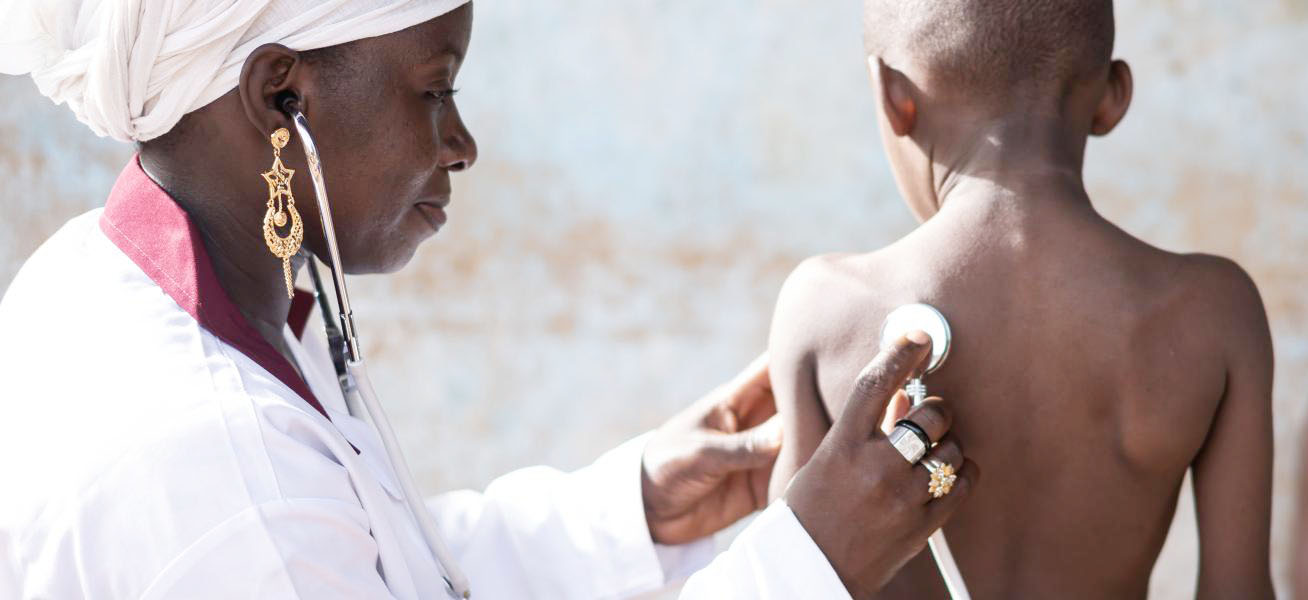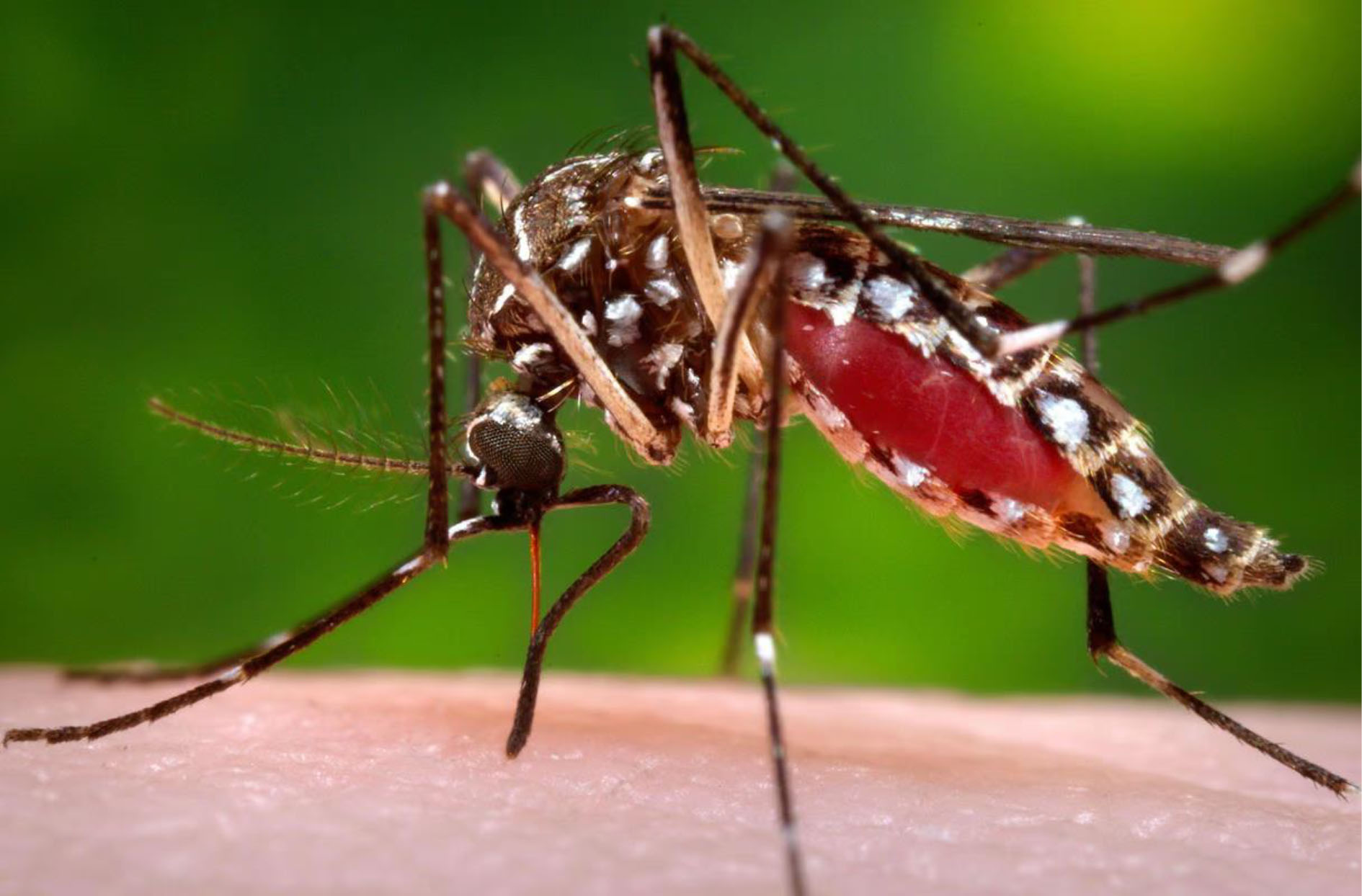World Tuberculosis Day: treatment for children at the heart of concerns
- Posted on 02/04/2024 13:04
- Film
- By abelozih@sante-education.tg

Extract from the article: Le nombre de cas de tuberculoses pédiatriques augmentent d’année en année avec un cas de décès toutes les deux minutes alors qu’une mise sous traitement rapide est essentielle selon l’Organisation Mondiale de la Santé (OMS). Plus de 90% des enfants a
The
number of cases of paediatric tuberculosis is increasing every year, with a
death occurring every two minutes, despite the fact that prompt treatment is
essential, according to the World Health Organisation (WHO). More than 90% of
children suffering from this condition are not diagnosed and put on treatment.
The 72nd session of the African Region of the World Health Organisation (WHO),
held in Lomé, Togo, in August 2022, examined this alarming situation and
recommended that Member States take concrete action to reduce the incidence of
this condition in children. One year on from this meeting, where does Togo
stand in the fight against paediatric tuberculosis? Every 24 March, the
international community celebrates Tuberculosis Day. This year's theme is:
"Yes, we can put an end to tuberculosis". What activities are planned
to mark this day in Togo? The coordinator of the National Tuberculosis Control
Programme (PNLT), Dr Mohammed Fall Dogo, answers all these questions in an
exclusive interview.
Tuberculosis,
also known as « Yomêkpin » in Ewe and "Kpézouwolo" in
Kabyè, is an infectious and contagious disease caused mainly by a bacterium
called Mycobacterium turberculosis or Koch's bacillus. In over 80% of cases,
tuberculosis develops in the respiratory tract.It can, however, spread to other
organs, resulting in extra-pulmonary tuberculosis.The main symptom is a cough,
accompanied by other signs such as fever, night sweats and weight loss.This
rod-shaped bacterium was discovered on 24 March 1882 by Dr Robert Koch, paving
the way for diagnosis and treatment.Once highly prevalent in adults,
tuberculosis is now increasingly found in children, to the point of becoming a
major public health problem.To reverse this trend, a communication was devoted
to this disease in children during the 72nd session of the World Health
Organisation's African Region (WHO-Africa), and member states were urged to
take strong action to protect children.
According
to the coordinator of the National Tuberculosis Control Programme (PNLT), Dr
Mohammed Fall Dogo, any child who lives or spends time in an environment where
there are people with infectious tuberculosis can be exposed to the
Mycobacterium tuberculosis bacillus, and the risk of infection following
exposure to these microbes is particularly high if there is close contact with
the infected person (e.g. a member of the same household).The manifestation of
tuberculosis in children depends on age and immune response.Infants and young
children are particularly prone to severe forms of the disease, and adolescents
are at particular risk of contracting adult-onset tuberculosis (a form of the
disease that is often highly contagious and smear-positive). The health professional explained that the
most common type of tuberculosis in children is pulmonary tuberculosis, with
extra-pulmonary tuberculosis accounting for only around 20-30% of paediatric
cases.
« Very often, when tuberculosis is diagnosed in an adult, we don't bother to check that the children in the family are not affected.But this is vital, because most children contract tuberculosis from a parent or close relative.Any child living in the vicinity of a TB patient who presents with fever and unexplained stunted growth may have the disease, and their condition should be assessed by a health worker », he pointed out. The doctor reported that children are particularly vulnerable to TB, and diagnosis is complicated for this group of patients. « They don't have the same symptoms as adults.The signs they develop are fatigue, cough, weight loss and fever.These are non-specific symptoms that can be confused with those of other illnesses. The tests used to detect tuberculosis are not necessarily suitable either, because children can develop the disease with a lower number of bacteria in their bodies than adults», he points out.
It
should also be noted that in cases of extra-pulmonary tuberculosis in children,
the disease becomes lodged in the lymphatic system or in the bones, making it
very difficult to detect. Children also have difficulty expectorating, i.e.
expelling by mouth the substances that clog up the respiratory tract. The mucus
produced in this way is needed to make a diagnosis or monitor the progress of
the disease.As a result, more than 60% of children suffering from tuberculosis
in the world are not diagnosed, and a child dies of tuberculosis every two
minutes, even though rapid treatment is essential.
Management
of paediatric tuberculosis in Togo
The
coordinator of the National Tuberculosis Control Programme (PNLT), Dr Mohammed
Fall Dogo, said that in Togo, tuberculosis in children under the age of 15
accounted for 3% of cases detected each year, and the authorities have realised
that they can reverse this trend if they opt for innovative strategies and make
the resources available to those involved in the fight against the disease.To
achieve this, the number of molecular testing machines has been increased to
52, with at least one machine per health district, followed by training for
paediatricians and other health professionals working in both public and
private healthcare establishments in paediatric tuberculosis and the value of
gastric tubing in diagnosing tuberculosis in children.The first training course
was held in 2019, and another is planned for 2024.
The other strategy, which involves preventive chemoprophylaxis, consists of screening children who are contacts of sick adults and who could be potential cases of tuberculosis, in order to put them on preventive treatment and prevent them from contracting the disease. It is important to establish a history of contacts, and this also explains why the burden of tuberculosis in children reflects persistent transmission within a population. As far as vaccination is concerned, it should be noted that in Togo, BCG, which protects children against severe forms of the disease and prevents death, is included in the Expanded Programme on Immunisation (EPI).However, it must be recognised that this vaccination only protects children up to the age of 11 or 12.It should also be recognised that the fight against tuberculosis in children necessarily involves the management of tuberculosis in adults, and the health authorities are working to strengthen plans to combat tuberculosis in adults in order to prevent paediatric tuberculosis.A review of paediatric tuberculosis will be carried out this year with technical and financial support from partners. An invitation to tender has been issued for the recruitment of a consultant to carry out the work.
« The
proportion of paediatric tuberculosis is currently 3%, whereas the World Health
Organisation (WHO) recommends screening around 10% of cases. This means that
there is a gap that we need to fill.Once we've taken stock of the situation,
we'll be able to see where actions are not optimal and what needs to be
improved », he said. Finally, Dr Dogo reassured the
audience that tuberculosis is a curable disease, with treatment available in
Togo.The incidence of tuberculosis in Togo is 32 cases per 100,000 inhabitants,
and between 2,500 and 3,000 cases are diagnosed each year in the country.The
highest incidence rates are found in the Greater Lomé and Maritime health
regions, which account for just over 50% of cases. This is due to the promiscuity and density of
the population. It has to be said that the Togolese population is denser in the
southern part of the country than in the northern part. Worldwide, around ten
million cases are expected, but by 2022 around 7,000,000 cases will have been
diagnosed, leaving a gap of 3,000,000 who will continue to infect others around
them.
World
TB Day 2024: what activities are planned in Togo?
The
activities on the programme, as on previous days, are still to raise awareness
through radio and TV broadcasts.Discussions are still underway with the
regional health departments to ensure the success of these awareness
campaigns.WHO-funded awareness-raising and screening sessions are planned at
three sites in the maritime region.
Source : PNLT




